| Tuesday, November 12, 2019 | |
Technology for Communication |
|
| Chair |
Ionut Radu, Director, R&D, SOITEC
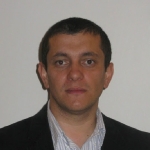
 Biography |
| 15:15 | Building European ecosystem on SOI to answer Societal challenges of Smart Mobility and Communication |
Francois Brunier, Partnership Program Manager, Soitec Building European ecosystem on SOI to answer Societal challenges of Smart Mobility and Communication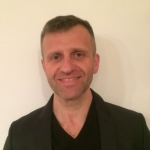
 Abstract Biography |
|
| 15:35 | 5G radios – commercial challenges and opportunities |
Fredrik Tillman, Research Manager, Ericsson AB 5G radios – commercial challenges and opportunities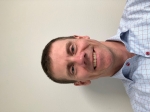
 Abstract Biography |
|
| 15:55 | Wireless research beyond 5G |
Sonia Heemstra de Groot, Director Centre for Wireless Technology Eindhoven Electrical Engineering, Eindhoven University of Technology Wireless research beyond 5G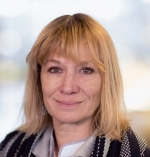
 Abstract Biography |
|
| 16:15 | From 4G to 6G: do the networks of the future care about the technologies of the past? |
Michael Peeters, Program Director Connectivity, imec From 4G to 6G: do the networks of the future care about the technologies of the past?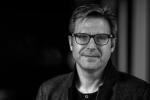
 Abstract Biography |
|
| 16:35 | 5G's impact on RF Front-End: from Telecom Infrastructure to Hand sets |
Claire Troadec, Division Director, Power & Wireless, Yole Développement 5G's impact on RF Front-End: from Telecom Infrastructure to Hand sets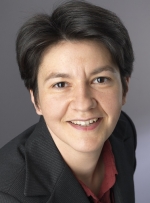
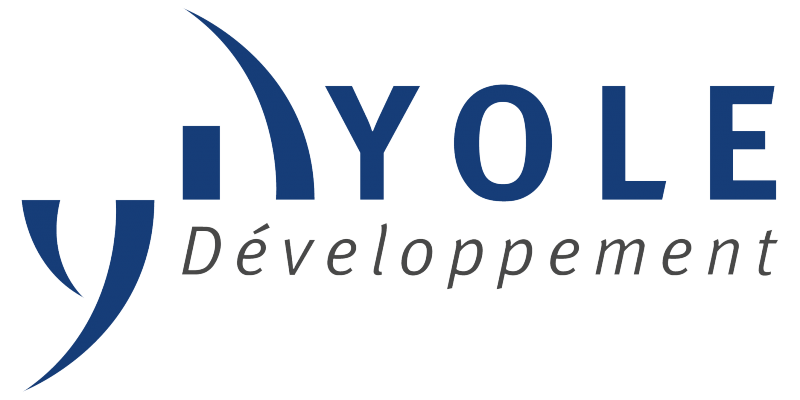 Abstract Biography |
|
| 17:00 | Closing remarks |